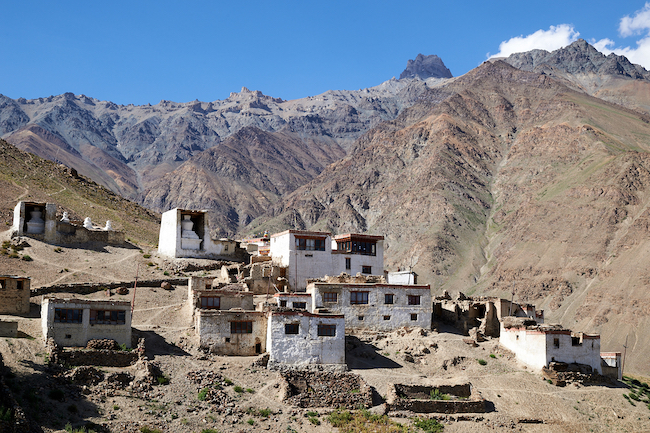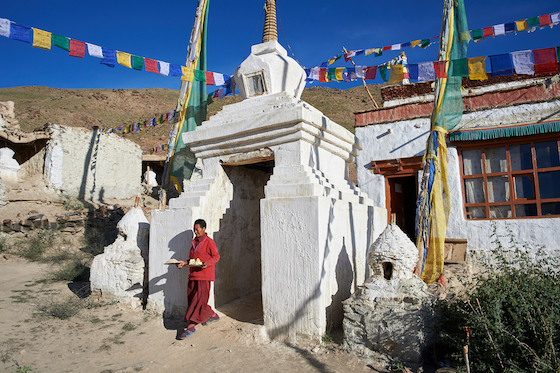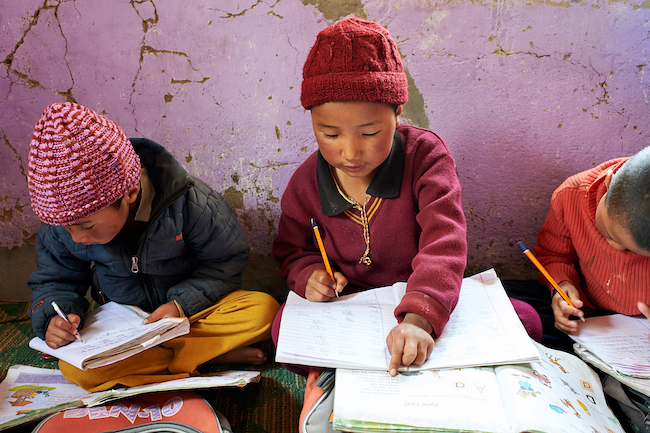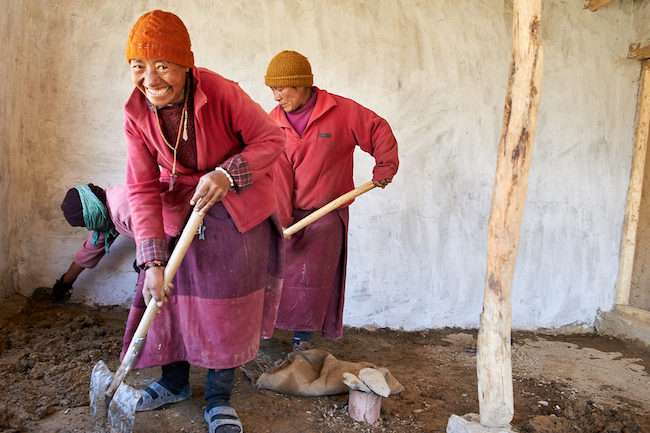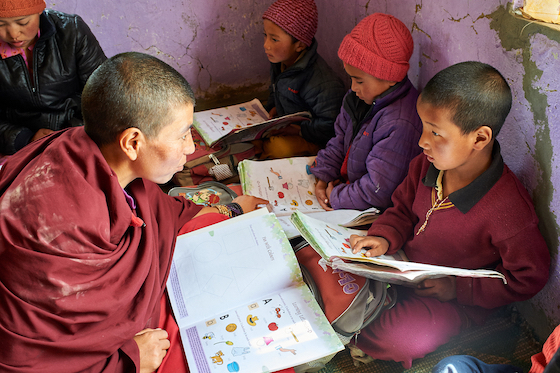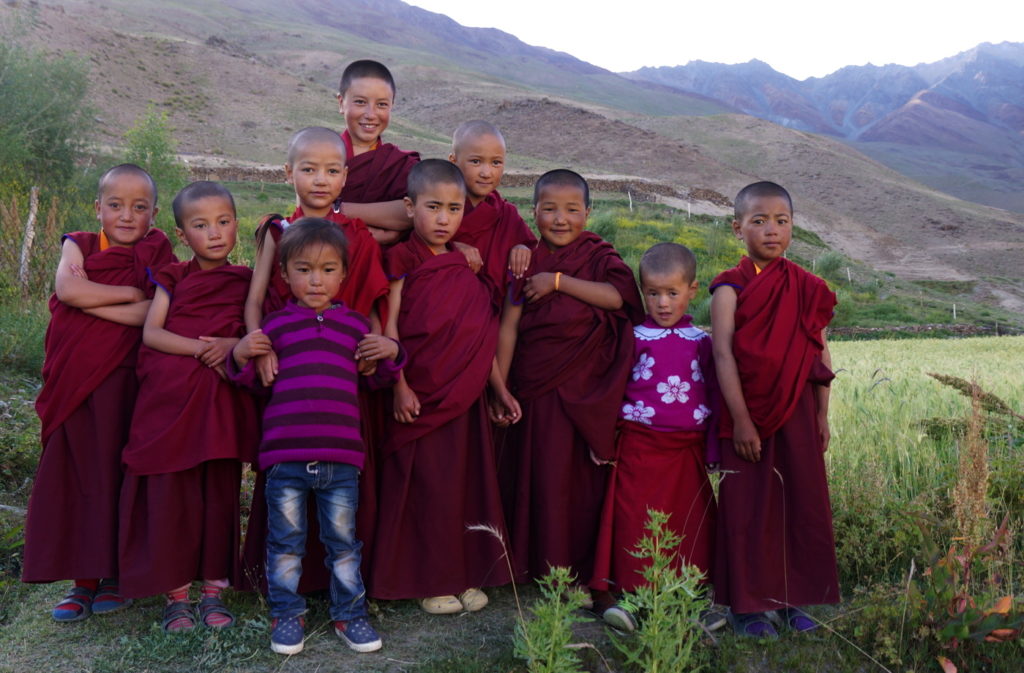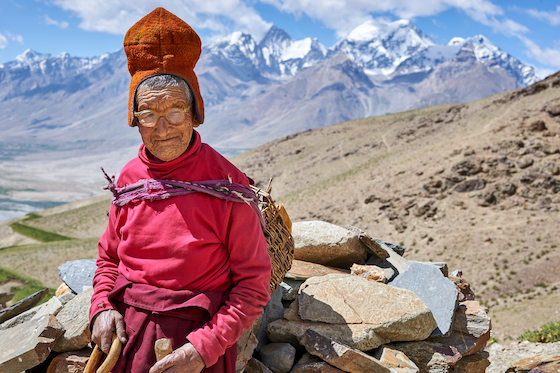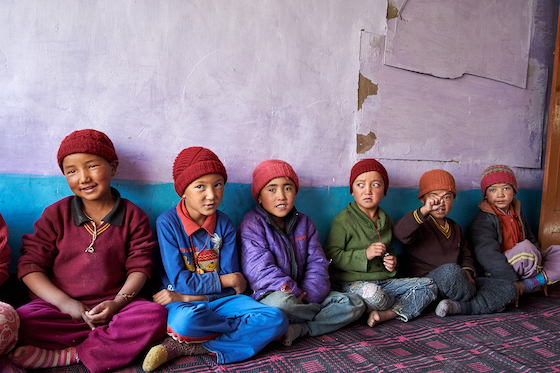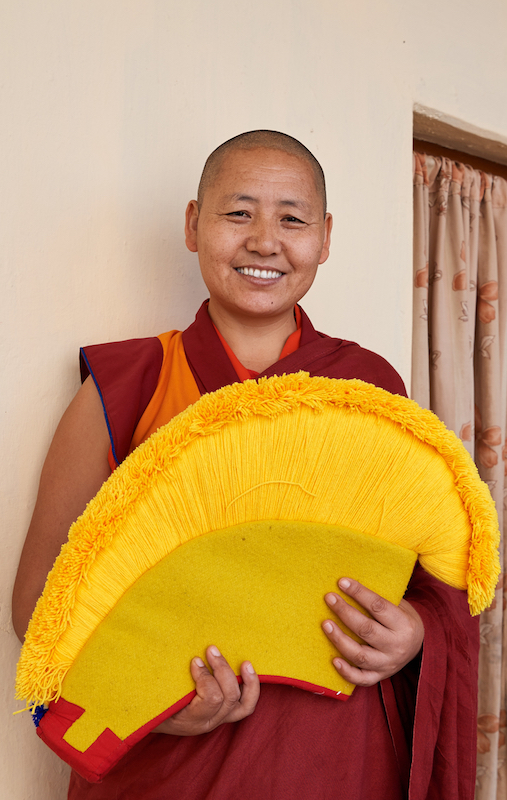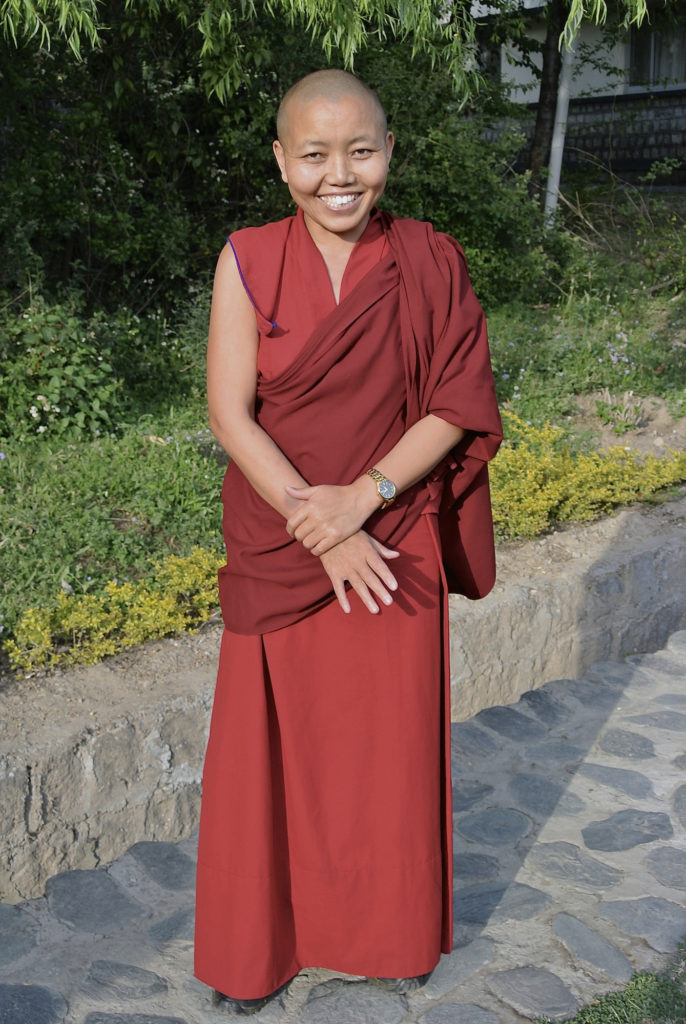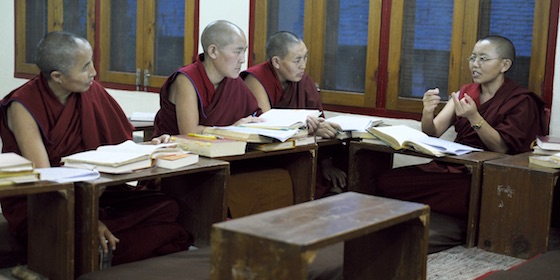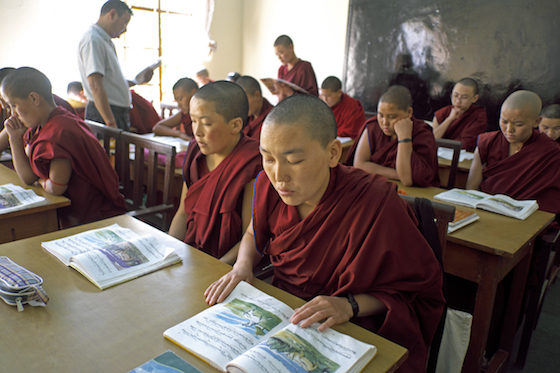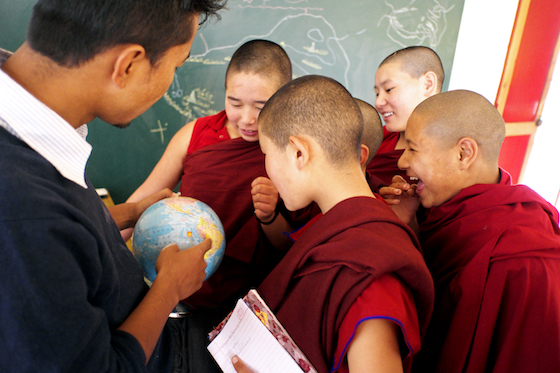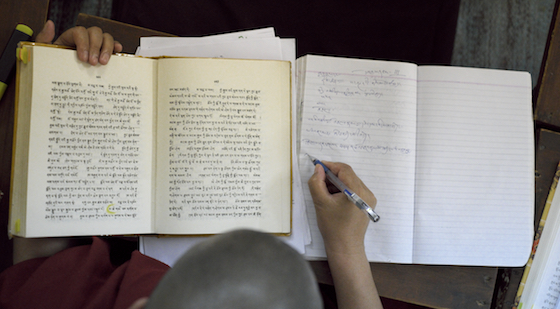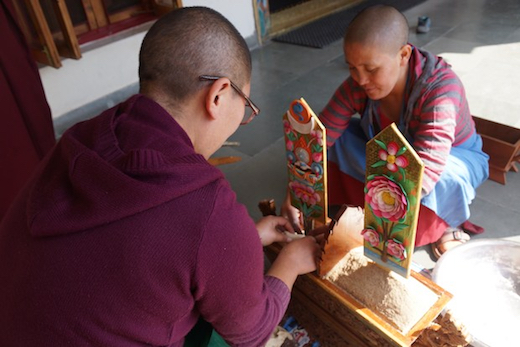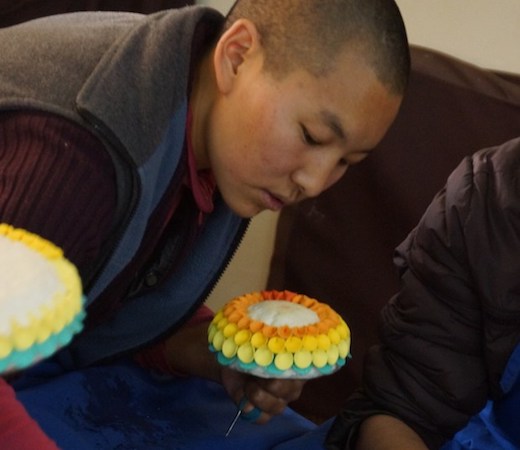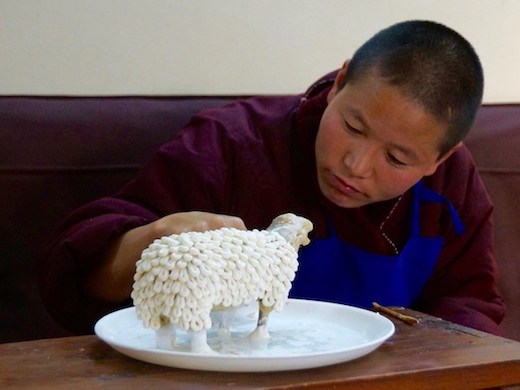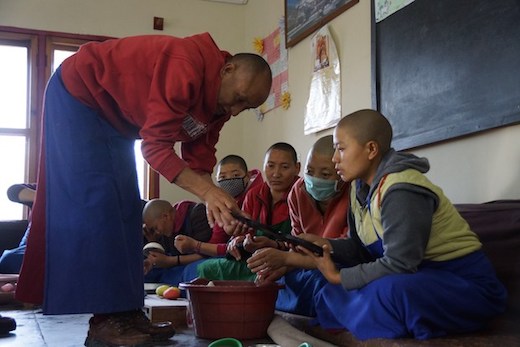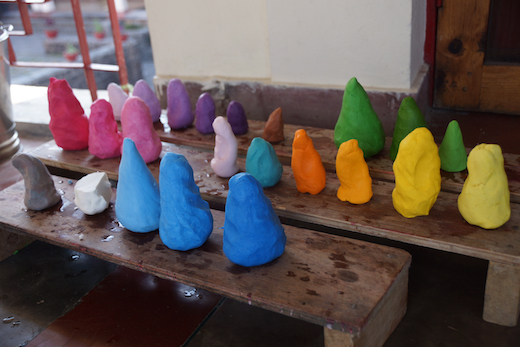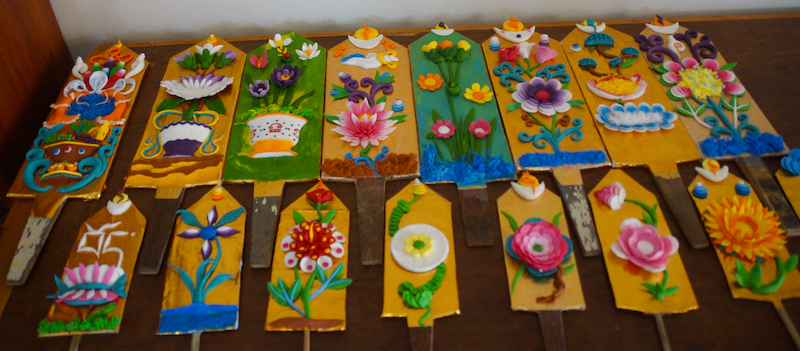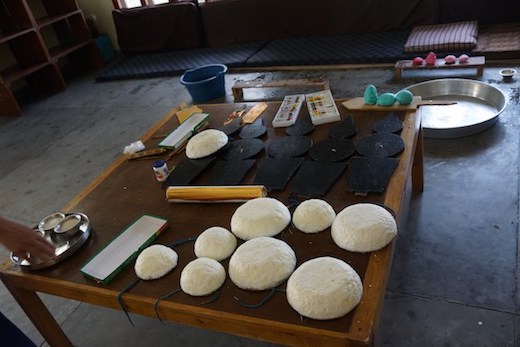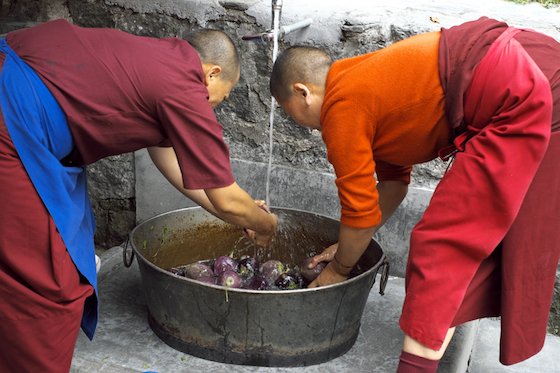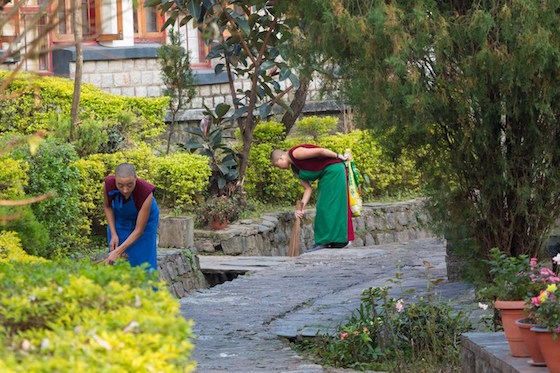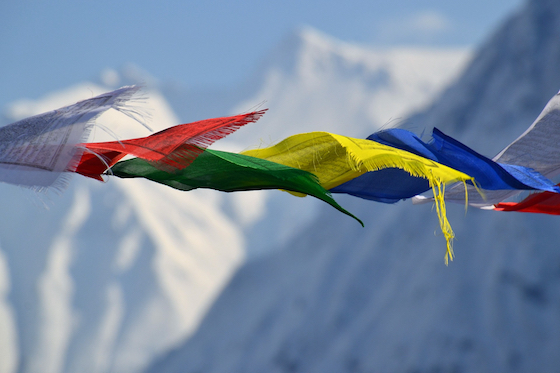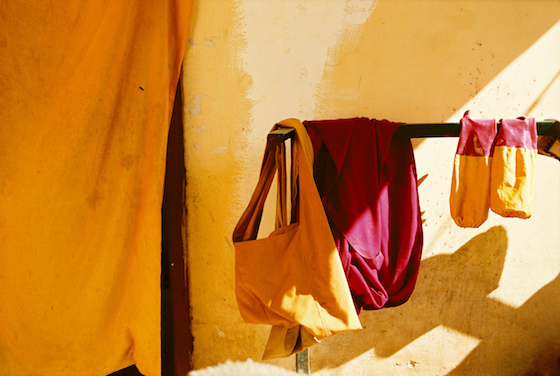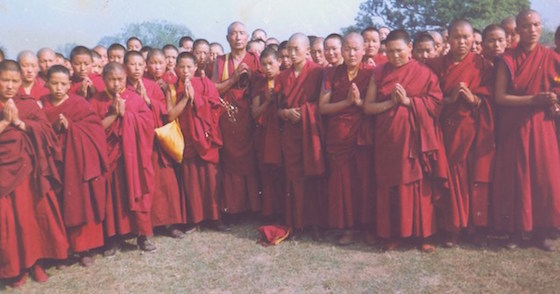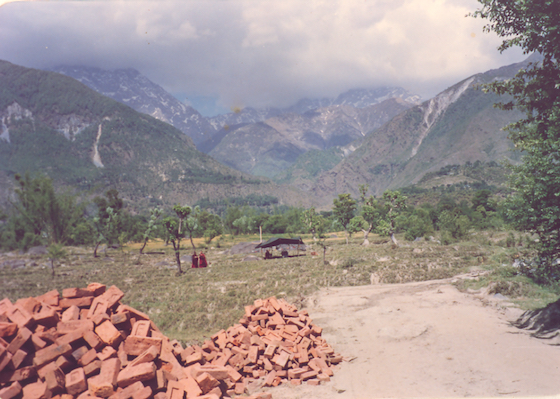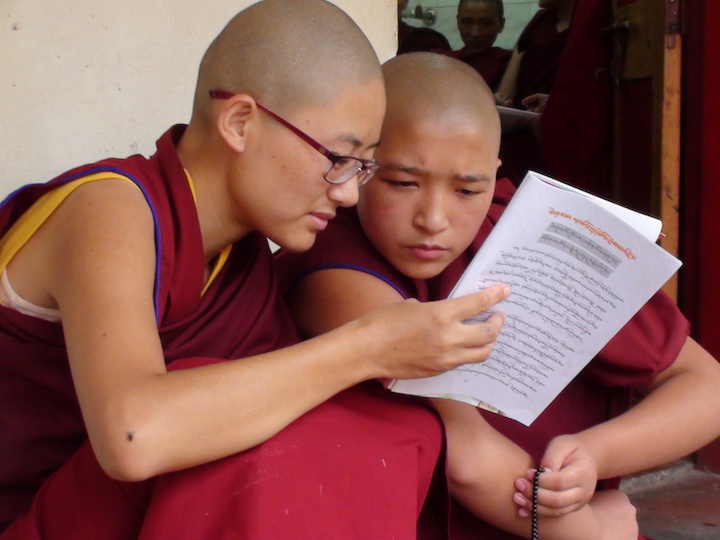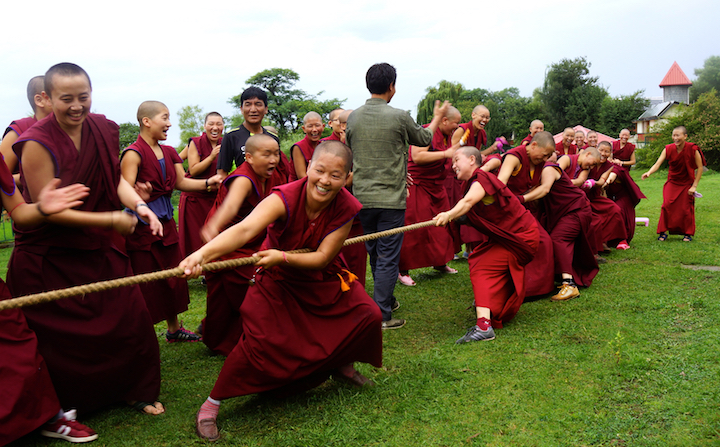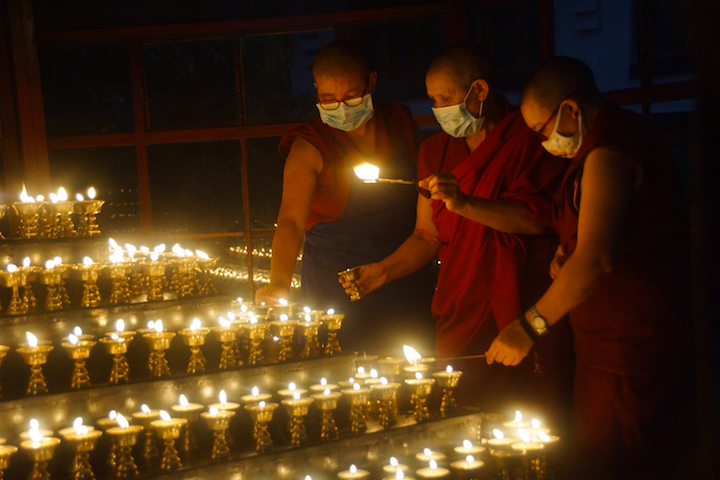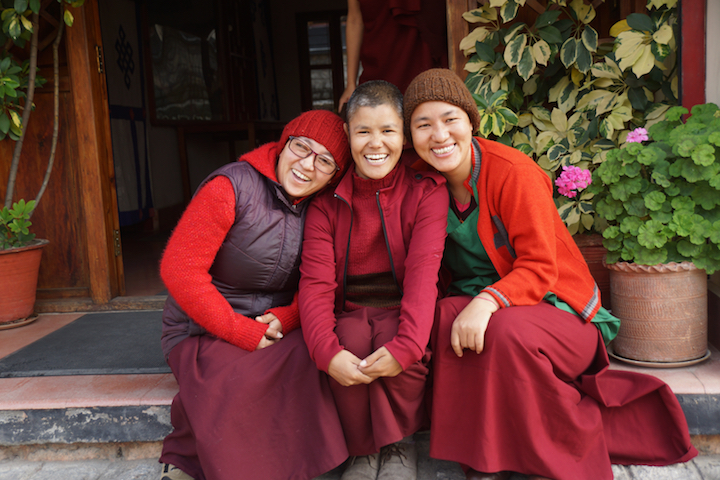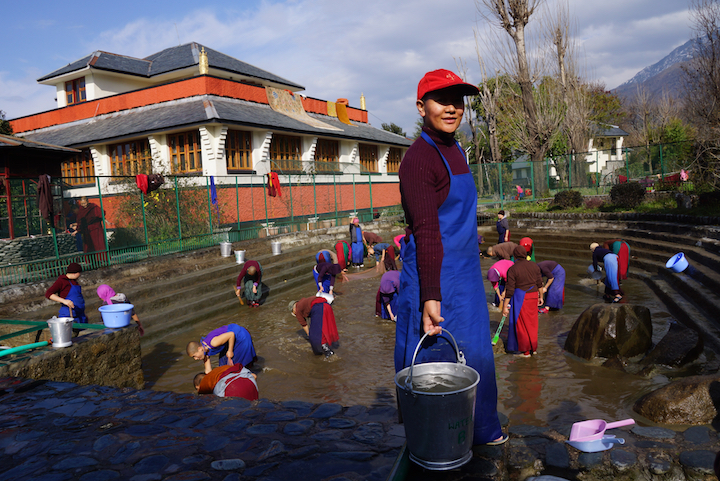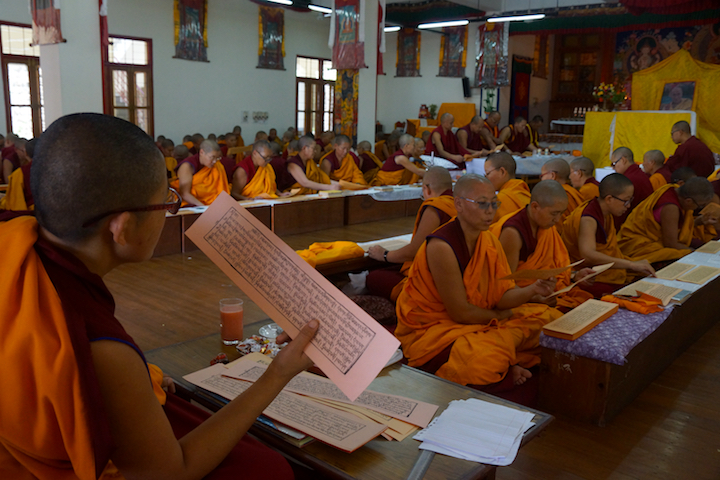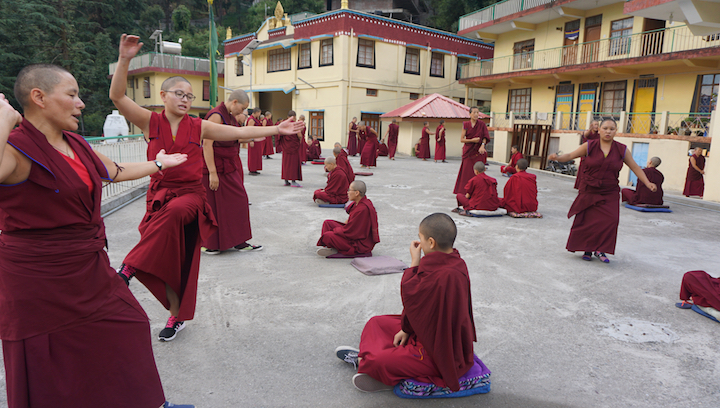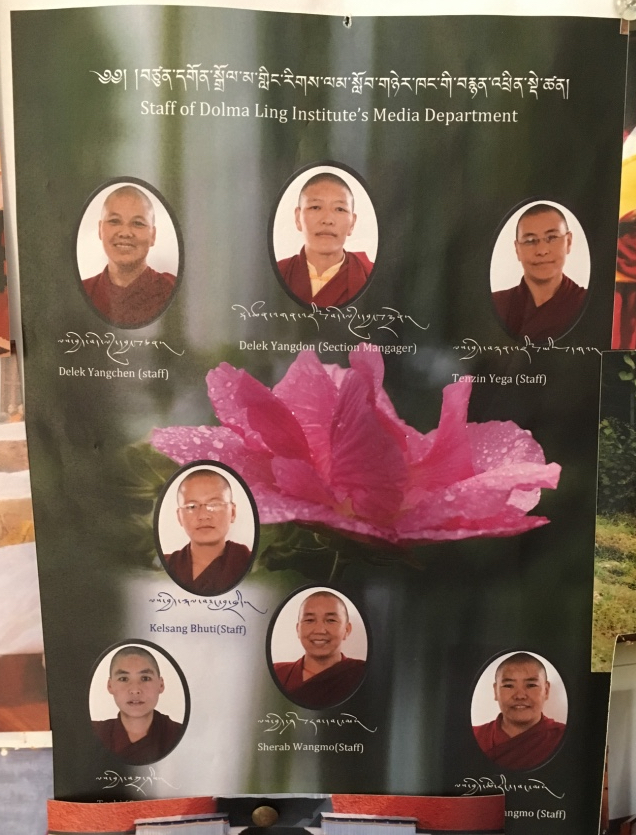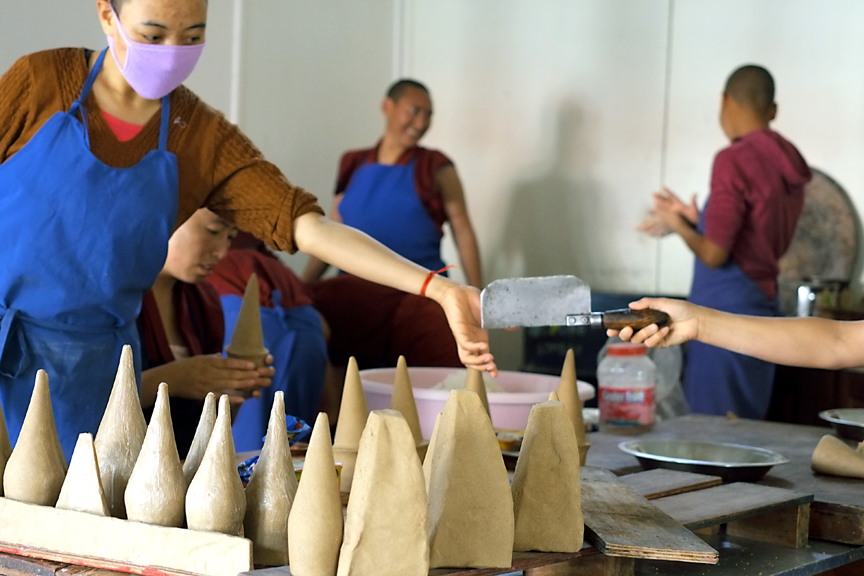In November 2019, a group of nuns held a science fair at Dolma Ling Nunnery and Institute.
The nuns chose topics such as the water cycle, environmental issues, the solar system, and the human digestive system. Since clean drinking water is an important issue, some nuns conducted simple experiments of home-made water filters.
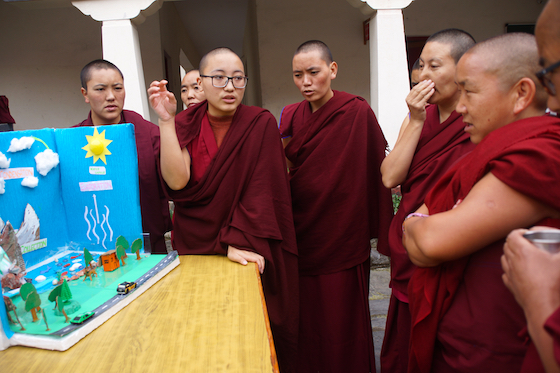
Tibetan Buddhist nuns take part in Dolma Ling science fair
The science fair was held in the main courtyard of the nunnery and was organized with the help of the nuns’ English teacher, Mr. Tenzin Norgyal.
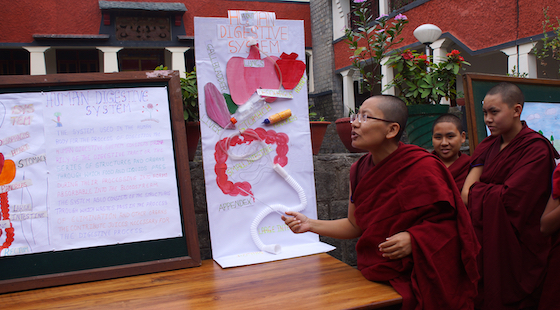
A Tibetan Buddhist nun explains her science fair poster on the human digestive system to her sister nuns. The science fair also gave the nuns a chance to practice their English and public speaking skills and helped them build confidence.
“It was an extremely beautiful and thoughtful exhibition,” said Tsering Diki, manager of the Tibetan Nuns Project office which is based at the nunnery.
The posters and displays were written in English and the event was an excellent example of inter-disciplinary learning because the nuns used their English skills to express scientific ideas.
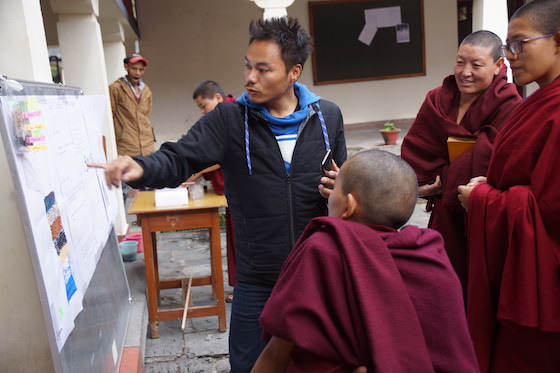
The science fair was held in the main courtyard of the nunnery and was organized with the help of the nuns’ English teacher, Mr. Tenzin Norgyal.
The nuns’ science fair was held by the Lorig class, which is a junior class at the nunnery. Many of the senior nuns were in Bodh Gaya for the month-long inter-nunnery debate, called the Jang Gonchoe.

Tibetan Buddhist nuns in the courtyard at Dolma Ling review the science posters and displays.
The science fair offered the nuns many learning opportunities and integrated many subjects into one project, such as English reading and writing, critical thinking, problem-solving, graphic arts, and public speaking.
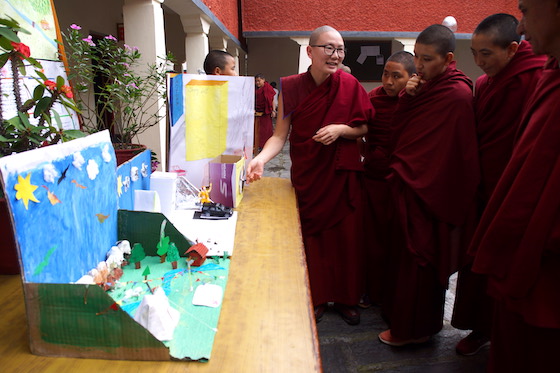
The science fair at Dolma Ling Nunnery and Institute helped the nuns learn both science and English, as well as research and presentation skills.
It was a fun chance for the nuns to gain confidence in speaking. It makes science relevant by allowing students to conduct research and experiments based on their own interests.
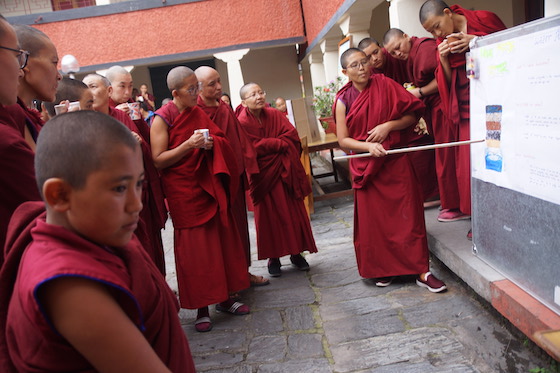
Nuns presenting science posters at Dolma Ling science fair
As the photos show, the nuns created scientific posters, models, and dioramas to convey their various topics. The bright, engaging posters also show the creative use of recycled materials.
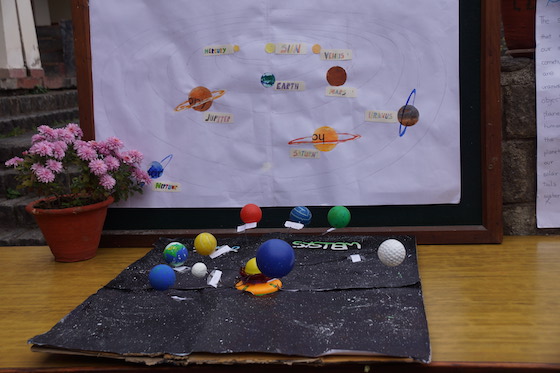
For the science fair, the nuns chose topics of interest to them such as the solar system, the human digestive system, the water cycle, and environmental issues such as clean water.
The nuns presented their posters and displays to the group. Tsering said, “Visually seeing things when being explained makes a bigger impact on our memory as well.”
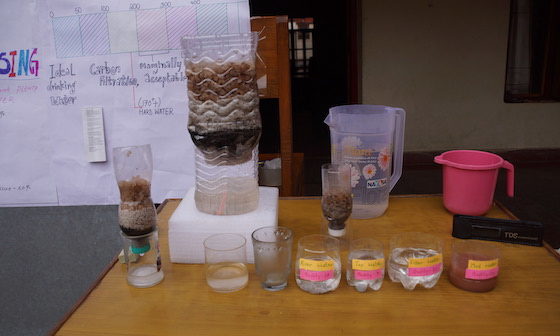
Clean drinking water is an important issue for health. As part of the science fair, nuns conducted simple experiments of home-made water filters.
Every year since 2014, nuns from Dolma Ling take part in the Emory-Tibet Science Initiative, a four-week program held at Drepung Loseling Monastery in South India. During the event, Tibetan nuns and monks are taught the philosophy of science, physics, neuroscience, and biology. The course is presented by faculty members from Emory and other distinguished universities with assistance from the Tenzin Gyatso Science Scholars.
Students attend classes for six hours a day and are tested on the last day of each course. Classes consist of lectures, discussions, demonstrations, and hands-on experiments. In 2018, eight nuns from Dolma Ling attended.
Thank you to everyone who has supported our Teachers’ Salaries fund!
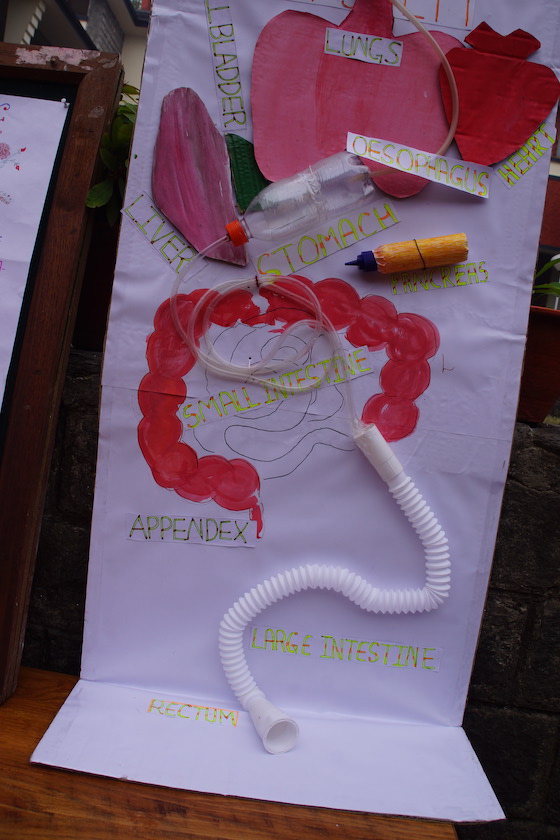
This display of the human digestive system shows the creative use of recycled materials.

